Argentina Collecting Trip, January 2- 27, 2008
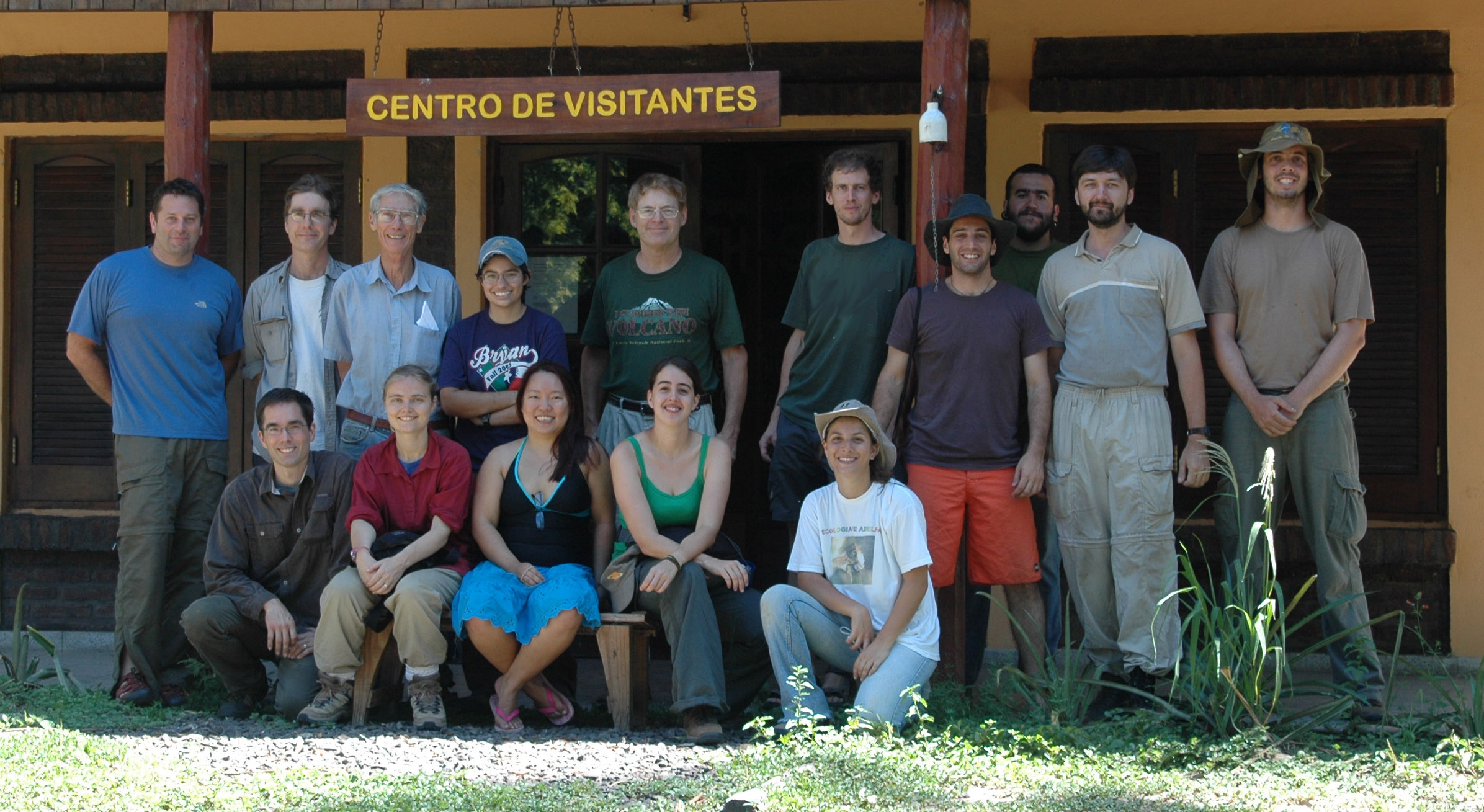
Click here for more photos of the trip
| As one component of the Auchenorrhyncha PEET project we planned and organized an expedition to Argentina from January 2 to January 27, 2008. We chose Argentina because of its diverse ecosystems, ranging from very dry espinal to (sub)tropical moist forests. Another reason for choosing Argentina was the relatively unknown fauna, the current lack of natural history information, and the lack of fresh or alcohol-preserved material necessary for molecular research. |
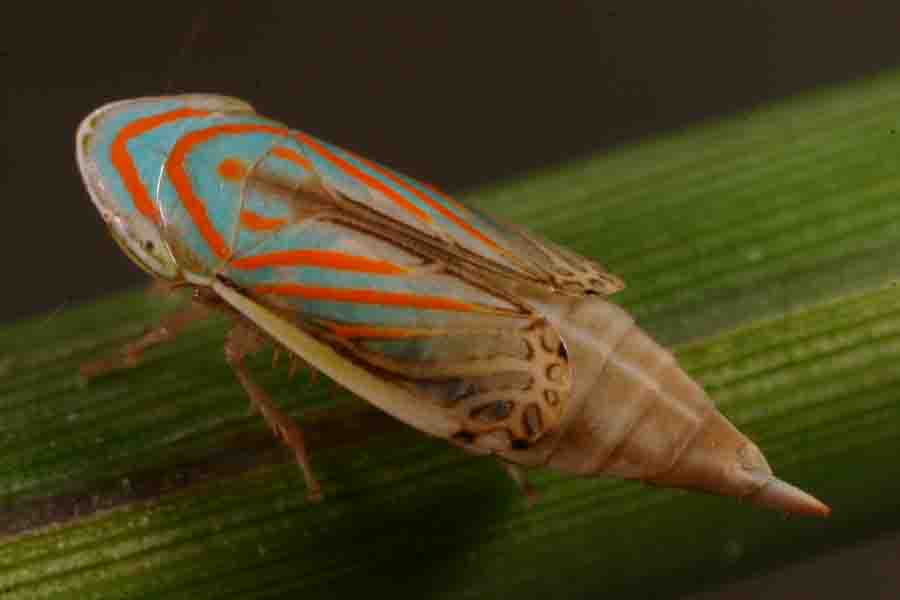
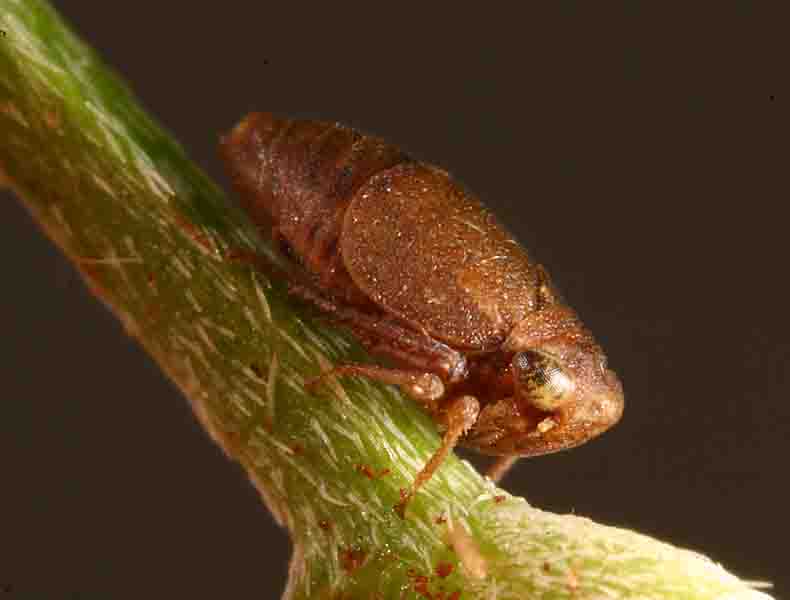
|
| Spittlebug (Cercopoidea) and planthopper (Fulgoroidea) sampling from 10 general localities in northern Argentina yielded approximately 1,000 specimens, including representatives of at least 8 included families (Aphrophoridae, Clastopteridae, Cercopidae, Fulgoridae, Dictyopharidae, Delphacidae, Cixiidae, and Flatidae). Specimens were collected primarily by sweeping and mercury vapor light trapping. Much of this material is still awaiting processing and identification. |
 Leafhopper (Membracoidea) sampling in Argentina yielded 113 samples from 59 localities containing approximately 26,000 specimens. Leafhoppers were collected primarily by vacuuming and sweeping, but specimens were also collected at lights and in Malaise traps at several localities. Processing of this material is still in the early stages. Vacuum sampling, in particular, which to our knowledge has not been done previously in Argentina, yielded specimens of numerous undescribed species of flightless leafhoppers (including the two shown here), some of which appear to represent new genera.
Leafhopper (Membracoidea) sampling in Argentina yielded 113 samples from 59 localities containing approximately 26,000 specimens. Leafhoppers were collected primarily by vacuuming and sweeping, but specimens were also collected at lights and in Malaise traps at several localities. Processing of this material is still in the early stages. Vacuum sampling, in particular, which to our knowledge has not been done previously in Argentina, yielded specimens of numerous undescribed species of flightless leafhoppers (including the two shown here), some of which appear to represent new genera.
|
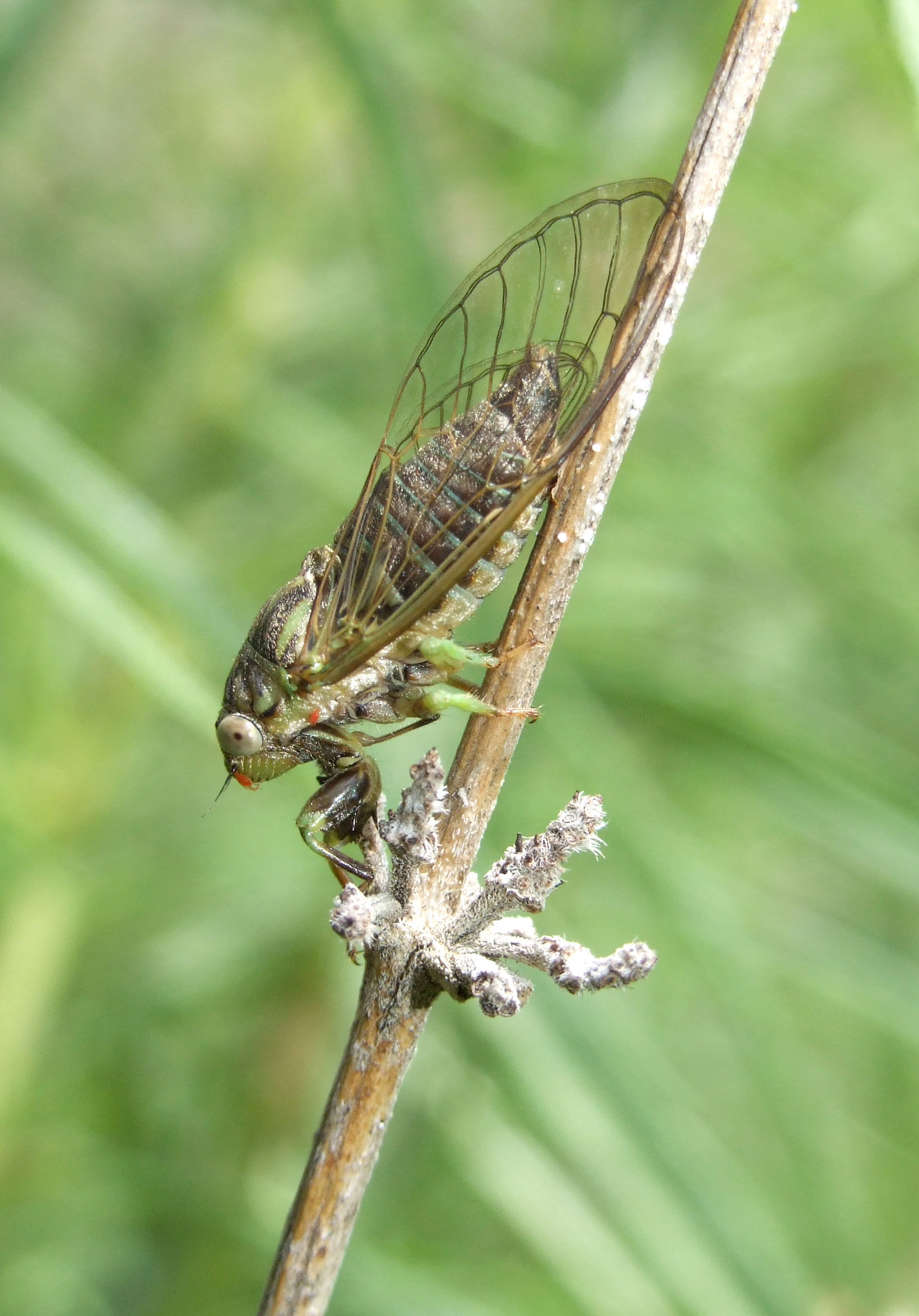
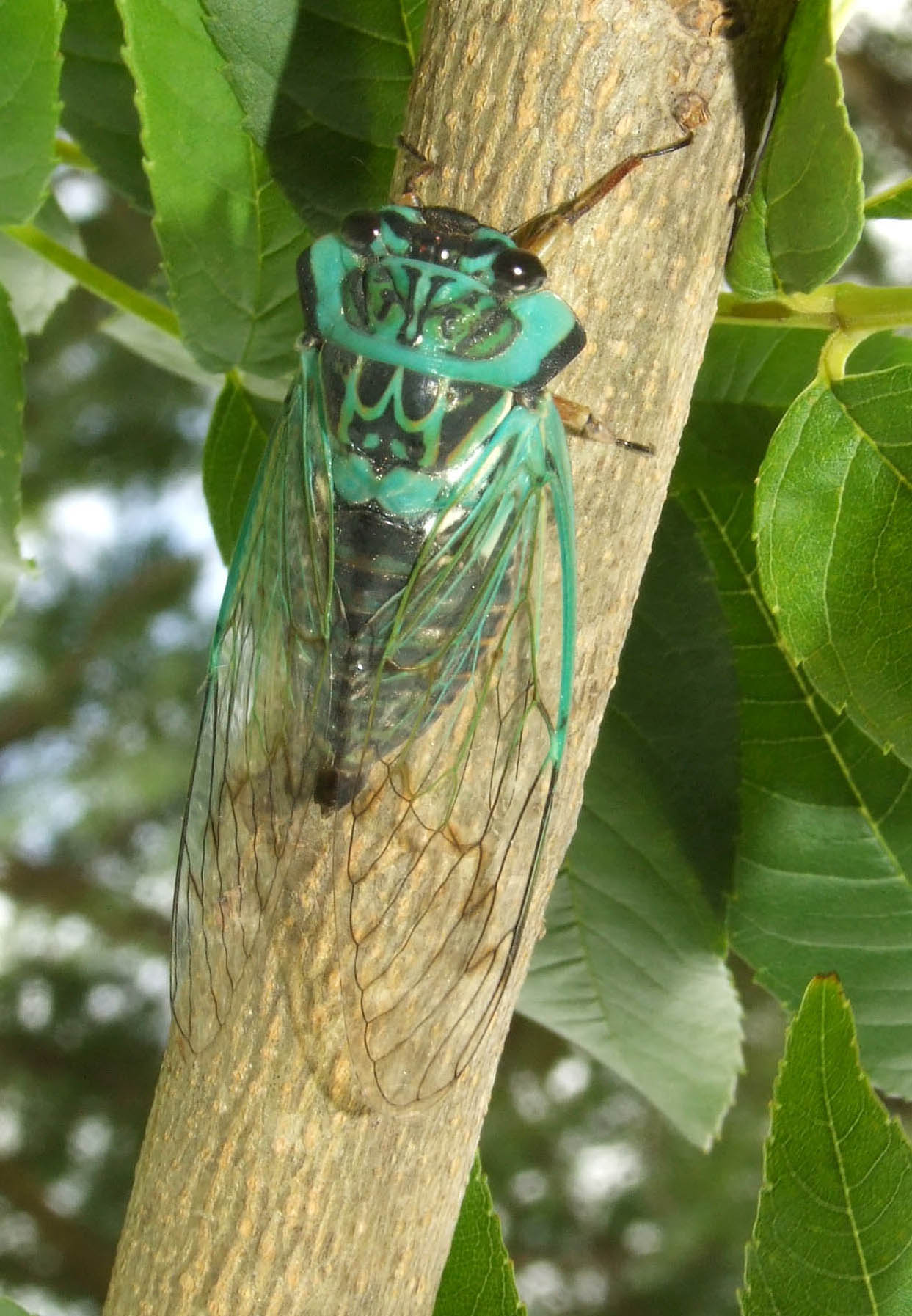 Cicada (Cicadoidea) sampling yielded approximately 700 specimens. These represented 20 different genera and 38 different species. Our goal was was to collect as many taxa and specimens as possible, from as many different habitats as possible, since the cicada fauna is so poorly known. We visited the majority of the provinces North of Buenos Aires, including Buenos Aires, Entre Ros, Corrientes, Misiones, Santa Fe, Chaco, Santiago del Estero, Salta, Jujuy and Tucumn. We used several types of traps: light trap, malaise trap, vacuuming, sweeping, beating and search (both at night and during the day). Of the 38 species collected, 10 species are probably new to science, and one morphospecies remains to be identified. For all species we took samples for molecular study (either legs in ethanol our the whole specimen), and for morphological study (field-pinned specimens). For the majority of species songs were recorded, for some species the shells were also collected.
Cicada (Cicadoidea) sampling yielded approximately 700 specimens. These represented 20 different genera and 38 different species. Our goal was was to collect as many taxa and specimens as possible, from as many different habitats as possible, since the cicada fauna is so poorly known. We visited the majority of the provinces North of Buenos Aires, including Buenos Aires, Entre Ros, Corrientes, Misiones, Santa Fe, Chaco, Santiago del Estero, Salta, Jujuy and Tucumn. We used several types of traps: light trap, malaise trap, vacuuming, sweeping, beating and search (both at night and during the day). Of the 38 species collected, 10 species are probably new to science, and one morphospecies remains to be identified. For all species we took samples for molecular study (either legs in ethanol our the whole specimen), and for morphological study (field-pinned specimens). For the majority of species songs were recorded, for some species the shells were also collected.
|